#pulsaric
Explore tagged Tumblr posts
Text
here's a list of programs/sites/whatever that were helpful to me when i was moving away from using spotify & back to downloading music:
soulseek - peer to peer downloading program, has most music you'd want. there's "rules" to it though and the UI is a little confusing, but you can figure it out. there's tutorials. i believe in you
cobalt.tools, ytiz.xyz, yt-dlp - mp3 downloaders, for the songs that you can't find on soulseek
musicbee - music player, extremely customiseable. reminds me of when i used itunes back in the day. has a lot of good features, including syncing music over to your phone
lastfm & listenbrainz - sites that keep track of your listening stats. i'd recommend this even if you still choose to use a music streaming service
syncedlyrics - cmd thing that gets you timed song lyrics, like the ones spotify has. there's no UI but it's easy enough to use. just grab the lyrics and timestamps it spits out and paste it into musicbee
music presence - program that shows what song you're listening to in your discord status, in case you use discord and enjoy the thought of other people seeing what you're listening to, which i do for some reason
i'm not going to lie to you and say that switching away from spotify/streaming services is an effortless task, it took me half a whole day of nonstop Work to get all my music downloaded and sorted out, but i will say that it was worth it!! and you should do it 👍 if you want to
ETA: for more resources, check the reblogs! Plenty of different people have pitched in more sites/programs/etc that i didn't mention here that might be helpful to you as well
#on my phone i'm using poweramp. which i did pay for but that's entirely because i didnt like musicolet/pulsar's UI#and if you have the money you should buy the music from the artists you enjoy. but also pirate more it's ok
15K notes
·
View notes
Text
Binary star systems are pairs of stars held together by gravity, orbiting a common center of mass. More than half of all stars in our galaxy are part of a binary or multiple-star system making them surprisingly common. The stars in a binary can vary widely in mass, size, and brightness, and their interactions often shape their evolution in dramatic ways. In some cases, the gravity from one star can drag material from its companion, leading to explosive events like novae or even supernovae.
Continue Reading.
272 notes
·
View notes
Text





Nissan Liberta Villa SSS Turbo, 1984. A version of the N12 series Cherry/Pulsar for the Japanese market sold through the Nissan Store dealer chain alongside the Leopard. It came with a 1488cc E15ET turbo 4 cylinder engine driving the front wheels.
#Nissan#Nissan Liberta Villa#Nissan Liberta Villa SSS Turbo#1984#Nissan Pulsar N12#1980s#sports saloon#turbocharged#Nissan Store#Nissan SSS
284 notes
·
View notes
Text
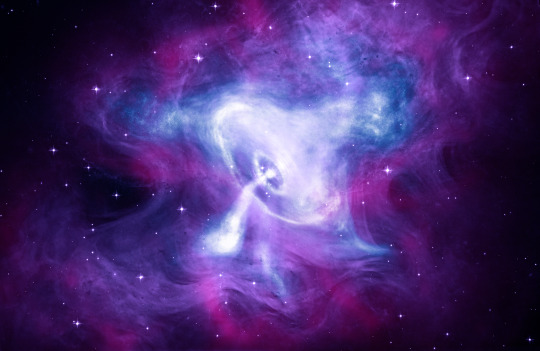
Navigating Deep Space by Starlight
On August 6, 1967, astrophysicist Jocelyn Bell Burnell noticed a blip in her radio telescope data. And then another. Eventually, Bell Burnell figured out that these blips, or pulses, were not from people or machines.

The blips were constant. There was something in space that was pulsing in a regular pattern, and Bell Burnell figured out that it was a pulsar: a rapidly spinning neutron star emitting beams of light. Neutron stars are superdense objects created when a massive star dies. Not only are they dense, but neutron stars can also spin really fast! Every star we observe spins, and due to a property called angular momentum, as a collapsing star gets smaller and denser, it spins faster. It’s like how ice skaters spin faster as they bring their arms closer to their bodies and make the space that they take up smaller.
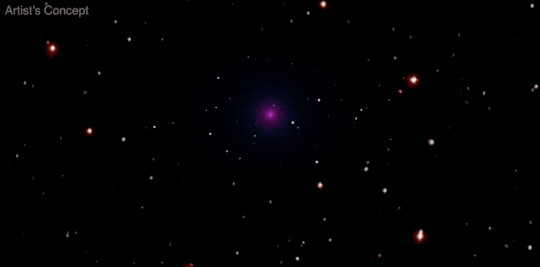
The pulses of light coming from these whirling stars are like the beacons spinning at the tops of lighthouses that help sailors safely approach the shore. As the pulsar spins, beams of radio waves (and other types of light) are swept out into the universe with each turn. The light appears and disappears from our view each time the star rotates.

After decades of studying pulsars, astronomers wondered—could they serve as cosmic beacons to help future space explorers navigate the universe? To see if it could work, scientists needed to do some testing!
First, it was important to gather more data. NASA’s NICER, or Neutron star Interior Composition Explorer, is a telescope that was installed aboard the International Space Station in 2017. Its goal is to find out things about neutron stars like their sizes and densities, using an array of 56 special X-ray concentrators and sensitive detectors to capture and measure pulsars’ light.
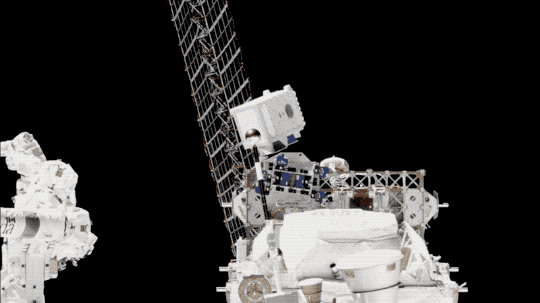
But how can we use these X-ray pulses as navigational tools? Enter SEXTANT, or Station Explorer for X-ray Timing and Navigation Technology. If NICER was your phone, SEXTANT would be like an app on it.
During the first few years of NICER’s observations, SEXTANT created an on-board navigation system using NICER’s pulsar data. It worked by measuring the consistent timing between each pulsar’s pulses to map a set of cosmic beacons.
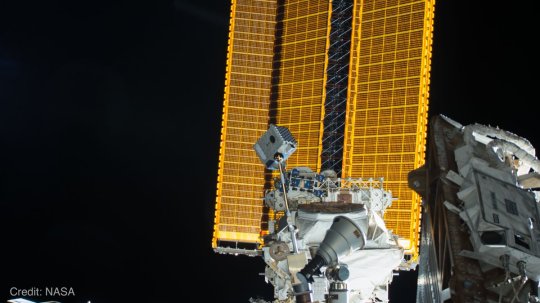
When calculating position or location, extremely accurate timekeeping is essential. We usually rely on atomic clocks, which use the predictable fluctuations of atoms to tick away the seconds. These atomic clocks can be located on the ground or in space, like the ones on GPS satellites. However, our GPS system only works on or close to Earth, and onboard atomic clocks can be expensive and heavy. Using pulsar observations instead could give us free and reliable “clocks” for navigation. During its experiment, SEXTANT was able to successfully determine the space station’s orbital position!

We can calculate distances using the time taken for a signal to travel between two objects to determine a spacecraft’s approximate location relative to those objects. However, we would need to observe more pulsars to pinpoint a more exact location of a spacecraft. As SEXTANT gathered signals from multiple pulsars, it could more accurately derive its position in space.
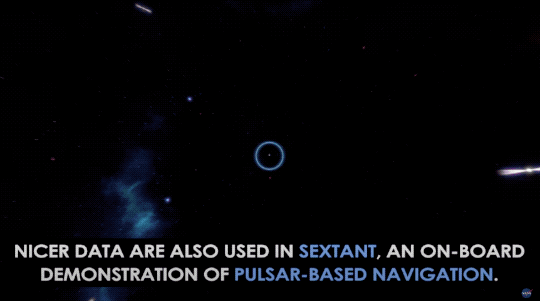
So, imagine you are an astronaut on a lengthy journey to the outer solar system. You could use the technology developed by SEXTANT to help plot your course. Since pulsars are reliable and consistent in their spins, you wouldn’t need Wi-Fi or cell service to figure out where you were in relation to your destination. The pulsar-based navigation data could even help you figure out your ETA!
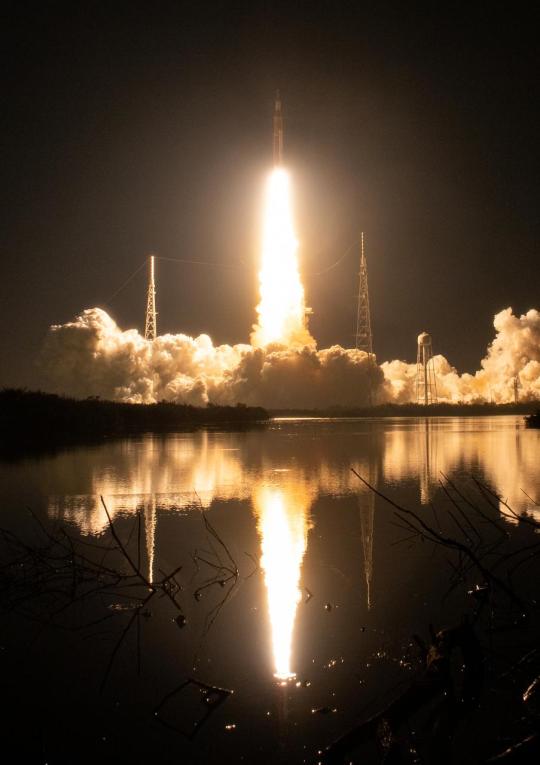
None of these missions or experiments would be possible without Jocelyn Bell Burnell’s keen eye for an odd spot in her radio data decades ago, which set the stage for the idea to use spinning neutron stars as a celestial GPS. Her contribution to the field of astrophysics laid the groundwork for research benefitting the people of the future, who yearn to sail amongst the stars.
Keep up with the latest NICER news by following NASA Universe on X and Facebook and check out the mission’s website. For more on space navigation, follow @NASASCaN on X or visit NASA’s Space Communications and Navigation website.
Make sure to follow us on Tumblr for your regular dose of space!
#NASA#pulsar#Jocelyn Bell Burnell#spaceblr#space#star#neutron star#deep space#telescope#navigation#universe#astronomy#science
4K notes
·
View notes
Text

2-66
FIRST | PREVIOUS | NEXT
#steelheart redux#story#pulsars#dracos#zarian#webcomic#let me know if i need to tag this as anything?
193 notes
·
View notes
Text

Yakuza is coming to fortnite…
#龍が如く#fan art#rgg#ryuu ga gotoku#ryu ga gotoku#like a dragon#lad#yakuza#yakuza 0#yakuza kiwami#akira nishikiyama#pulsar#art#my art#whatever tf u put here#im so bad at tagging i usually copy and paste the same taglist#cant do that here
201 notes
·
View notes
Text


I find the sketch vs lineart of this drawing to be so incredibly funny (i actually went from the sketch above to the clean lineart directly! very unusual for me!)
#sketch#doodle#ttrpg#fantasy#dnd#lineart#wip#work in progress#genasi#angel#aasimar#air genasi#artists on tumblr#character art#oc#oc art#original character#pulsar#dungeons and dragons#pathfinder
270 notes
·
View notes
Text

107 notes
·
View notes
Text

I did the thing, this is Pulsar, my skystar child
#pulsar#oc#transformers#skystar#child#starscream#jetfire#skyfire fankid#my art#art#you can tell who the carrier is
74 notes
·
View notes
Text

gods strangest transgender animal
260 notes
·
View notes
Text
When some of the biggest stars reach the end of their lives, they explode in spectacular supernovas and leave behind incredibly dense cores called neutron stars. Some of these remnants emit powerful radio beams from their magnetic poles. As the star spins, these beams sweep past Earth and produce periodic pulses of radio waves, much like a cosmic lighthouse. This behaviour has earned them the name " pulsars". Pulsars typically spin incredibly fast, often completing a full rotation in just seconds – or even less. Over the last three years, some mysterious objects have emerged that emit periodic radio pulses at much slower intervals, which is hard to explain with our current understanding of neutron stars.
Continue Reading.
181 notes
·
View notes
Text





Nissan Pulsar EXA Convertible, 1985. The N12 series Pulsar was the only generation that was available as a convertible.
#Nissan Pulsar#Nissan#Nissan Pulsar EXA Convertible#Nissan Pular N12#1985#1980s#convertible#open roof#concealed headlamps
330 notes
·
View notes
Text




🧸
69 notes
·
View notes
Text

2-63
FIRST | PREVIOUS | NEXT
#steelheart redux#story#arthur#zarian#pulsars#webcomic#why i don't just queue these is beyond me “i'll be out of class at 10:30!” no you will not#sorry im late i was talking monster hunter mechanics w people
187 notes
·
View notes
Note
plot twist: impulse WAS in simple life. and he WON.

Can't believe EVERYONE missed this in their notifs smh
#ireply#ask to tag#i've actually been too busy these last few days to finish any of the povs i've started#so as far as i know impulse just shows up at the end and destroys everyone left#and then gets his celestial/tarot/whatever symbolism#to fit the beautiful scenario i just imagined in my head i'd think he'd be a blackhole but a pulsar star could be fun#or maybe... hm i don't know enough about tarot cards to suggest a good one but surely one fits
84 notes
·
View notes
